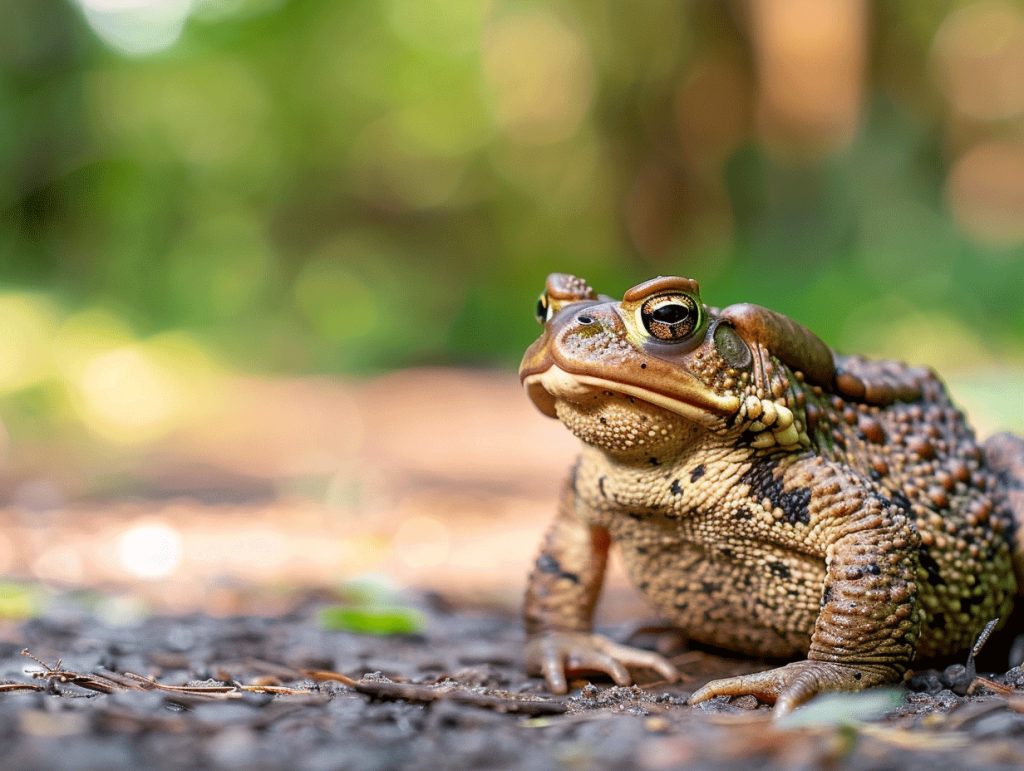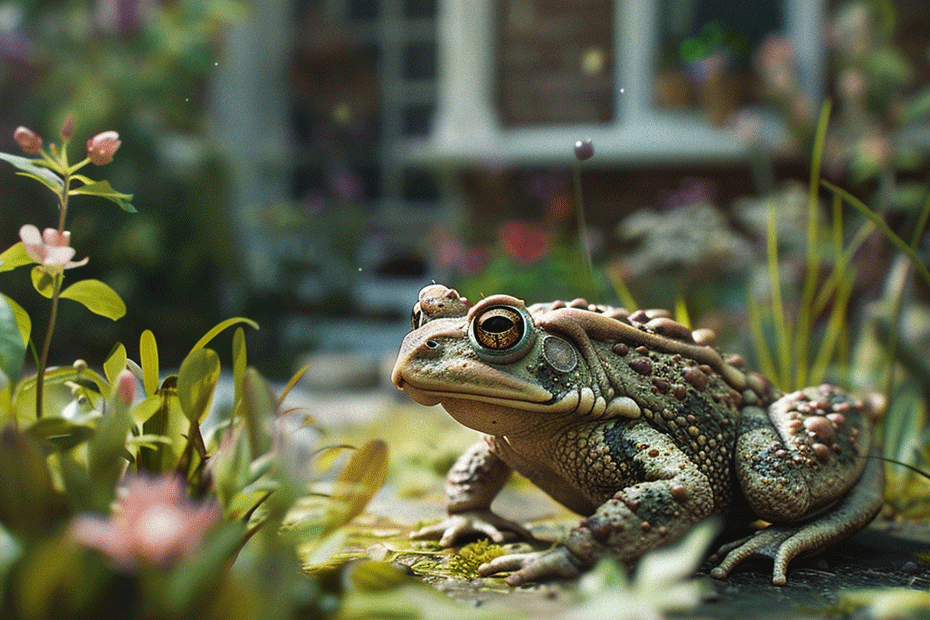Are you tired of toads taking over your yard? These amphibians might be cute to some, but they can quickly become a nuisance if their population grows out of control. In this text, you’ll discover effective and humane ways to keep those toads at bay without causing them harm.
From natural deterrents to simple DIY solutions, there are plenty of methods you can use to reclaim your yard from these hopping critters. By implementing a few strategic tactics, you can create an environment that is less inviting to toads, encouraging them to find a new home away from your property.
Say goodbye to unwanted toads in your yard and hello to a peaceful outdoor space you can enjoy without any unexpected amphibian encounters. Let’s jump into the best practices for managing and deterring toads from making themselves at home in your yard.
Key Takeaways
- Understand the behavior and habits of common toad species to implement effective strategies.
- Keep your yard clean by removing clutter, mowing the lawn regularly, and eliminating standing water sources.
- Use natural repellents like certain plants, garlic spray, chili pepper spray, vinegar solution, citrus spray, or cinnamon spray to deter toads.
- Consider seeking professional help for persistent toad issues for expertise, efficiency, safe practices, and long-term results.
Understanding the Toad Problem

Identifying Common Toad Species
- American Toad: Recognizable by its warty and dry skin, with adults ranging from 2 to 4 inches in length. Known for their high-pitched trilling calls during breeding season.
- Fowler’s Toad: Smaller than the American Toad, with a more bumpy and less warty appearance. They emit a short, musical trill as their mating call.
- Nocturnal Habits: Toads are primarily nocturnal, hiding in damp, dark places during the day and becoming active at night.
- Feeding Patterns: Toads consume insects, slugs, and other small creatures, making them beneficial for natural pest control in gardens.
- Reproduction Cycle: Toads lay long strings of eggs in water, where tadpoles eventually hatch and develop into adult toads.
In understanding the common toad species and their behaviors, you gain insight into effective strategies for managing and deterring these amphibians from your yard.
Prevention Methods

Keeping Your Yard Clean and Tidy
- Remove any piles of debris or clutter in your yard where toads could seek shelter.
- Regularly mow your lawn to keep the grass short, minimizing hiding spots for toads.
- Eliminate standing water sources like birdbaths or puddles that attract toads seeking hydration.
- Avoid using outdoor lights at night as they can attract insects, which in turn attract toads.
- Seal gaps or cracks in your home’s foundation to prevent toads from seeking refuge indoors.
- Minimize the use of mulch or dense vegetation near your home, which can provide hiding spots for toads.
Do what you can to keep your yard uninviting to toads and reduce the factors that attract them.
Natural Repellents and Deterrents

Plants That Repel Toads
- Chrysanthemums: Their strong odor discourages toads.
- Lavender: Toads dislike the scent of lavender plants.
- Marigolds: Planting marigolds around your yard can help repel toads.
- Rosemary: The fragrance of rosemary can deter toads from venturing into your space.
- Mint: Toads often steer clear of areas with mint plants.
- Garlic Spray: Create a garlic spray by blending garlic cloves with water and spraying it around your yard.
- Chili Pepper Spray: Toads are sensitive to spicy scents, so a chili pepper spray can be effective.
- Vinegar Solution: Mix vinegar with water to create a natural toad repellent spray.
- Citrus Spray: Toads dislike the smell of citrus fruits, making a citrus spray a good deterrent option.
- Cinnamon Spray: Spraying a mixture of cinnamon and water around your yard can help keep toads away.
Hiring Professional Help
When dealing with persistent toad issues in your yard, sometimes professional assistance is the best course of action. Here’s why it might be the right choice for you:
- Expertise: Professionals have specialized knowledge in handling pest infestations, including toad removal.
- Efficiency: They can quickly assess the situation and carry out appropriate solutions.
- Safe Practices: Professionals use safe and effective methods to remove toads without harming them or the environment.
- Long-term Results: Hiring experts can lead to lasting solutions to prevent toads from returning.

If you decide to seek professional help, follow these steps:
- Research: Look for reputable pest control services with experience in wildlife removal.
- Consultation: Schedule a consultation to discuss your toad problem and available treatment options.
- Quotes: Obtain quotes from different providers to compare services and costs.
- Decision: Choose a professional based on their expertise, reputation, and proposed plan for toad removal.
Remember, professional help can offer a swift and effective solution to your toad troubles. Don’t hesitate to reach out for assistance when needed.
Conclusion
When it comes to tackling persistent toad problems in your yard, seeking professional help can be a game-changer. With their specialized knowledge and efficient solutions, pest control experts offer safe practices and long-term results that can keep toads at bay. By researching reputable providers, scheduling consultations, and comparing quotes, you can make an well-informed choice based on expertise, reputation, and removal plans. Professional assistance provides a swift and effective remedy for dealing with toad issues, especially when natural methods fall short. Trusting in experts can ensure a toad-free environment, giving you peace of mind and a yard you can enjoy without unwanted visitors.

Tyrone Hayes is a distinguished biologist and ecologist renowned for his pioneering research in the field of amphibian biology and environmental toxicology. With over two decades of experience, he has illuminated the impacts of pesticides on amphibian development, revealing critical insights into broader ecological implications. Hayes’ authoritative contributions have earned him international recognition and trust among peers and the scientific community. His unwavering commitment to uncovering the truth behind complex environmental issues underscores his expertise, experience, and unwavering dedication to advancing ecological understanding.
